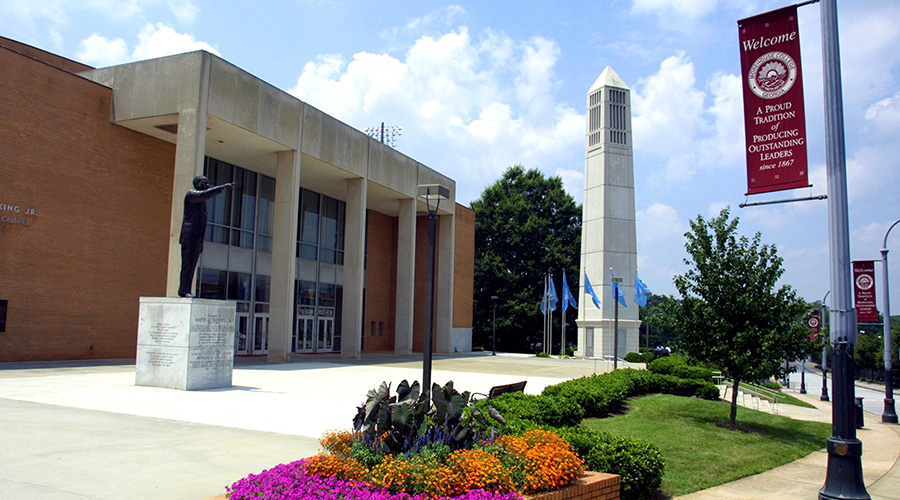
AI-Powered Solution to Reduce Greenhouse Gas Emissions
The client sought to reduce its greenhouse gas emissions by 40 percent by 2025 and be net-zero by 2035. October 25, 2024
Motivated by bold sustainability initiatives, a Trane equipment, controls and services client was seeking guidance on how to make progress on aggressive Greenhouse Gas (GHG) reduction goals across a national portfolio of facilities. As an industry leader in the collection and processing of life saving biological material, the client must support both donor comfort and critical product environmental conditions under the same roof.
The decarbonization goals, set by their parent company, included a 40 percent reduction in GHG emissions by 2025 and to be net zero by 2035.
Due to the critical nature and requirements of the collected biological material, air temperature and humidity control is a matter of life-saving functionality, not just comfort. It was vital to achieve the best possible environmental conditions on a zone-by-zone basis while also helping to optimize energy consumption.
Having already optimized their systems both mechanically and using a Tracer SC+ Building Automation System, the client needed ways to help generate more significant carbon reduction and cost savings without large investments in human capital or equipment.
Sustainability initiatives needed to fit within their investment threshold and include a crucial stipulation for little to no operational disruptions.
Because no two buildings are identical, it was imperative to create an adaptable program that could be implemented across multiple sites located in different parts of the country.
Trane embraced the challenge by introducing a decarbonization program that was scalable to the customer’s 150-plus donation centers across the country, resulted in significant cost savings, and was implemented with next to no downtime or sizeable equipment investments.
To operate within the customer’s existing parameters, Trane identified an artificial intelligence (AI) enabled solution to predictively optimize the system’s performance.
The unique nature of the client’s business lent itself to the innovative optimization capabilities available through the AI-enabled service, Trane Autonomous Control powered by BrainBox AI. By incorporating variables such as predictive weather data, occupancy trends, and equipment performance data, the use of AI technology allows for more advanced optimization to impact the customer's environmental and financial goals.
Without the need for additional hardware, the team avoided impacts from potential supply chain delays, and easily connected from the client’s current building management system to the cloud-based service. It was a seamless coordination between rooftop units and existing internal HVAC equipment which resulted in the transformation of already responsive HVAC systems into predictive systems. This provided the ability to adjust zone-by-zone temperatures autonomously. By monitoring conditions and algorithmically controlling equipment performance, this AI-enabled service helped maximize efficiency and cost savings.
In the first six months, the client was well over halfway to their 2025 goal at the five test sites - with a 26.1 percent CO2e reduction and 16.7 percent savings in electricity. This reduction was accomplished with no additional hardware needed on-site and with no site interruptions.
To date, the program has been implemented at more than 100 additional clinics across the country with impressive results impacting both Scope 1 (natural gas) and Scope 2 (electricity) emissions reductions. The sites that have activated the AI solution have seen a staggering 22 percent lower Energy Use Intensity (energy per square foot) than sites where Trane Autonomous Control has yet to be activated.
The program proved it could play a large part in reducing the client’s overall carbon footprint and energy costs all while maintaining the strict temperature and humidity requirements necessary for the safety and success of their clinics. These outcomes highlighted the scalability of the program and showed that rapid implementation was possible without disturbance to operations and customer satisfaction.
Next
Read next on FacilitiesNet












